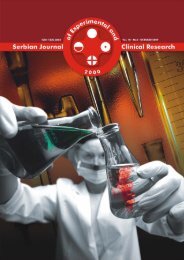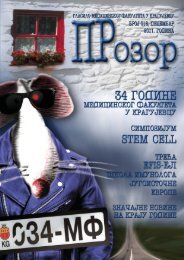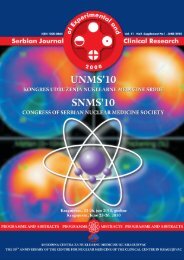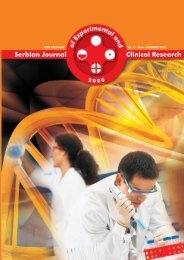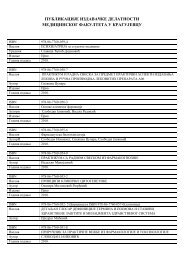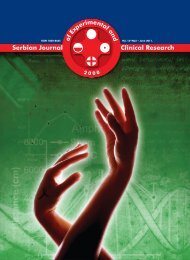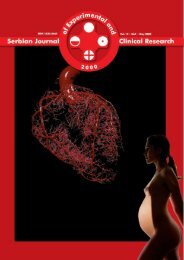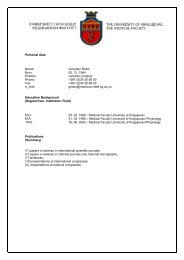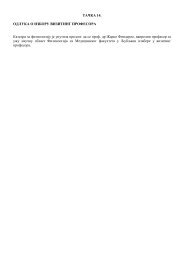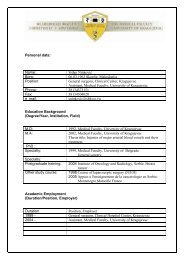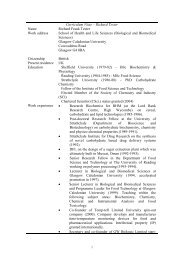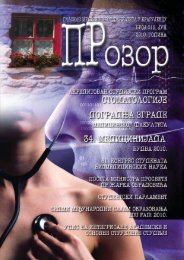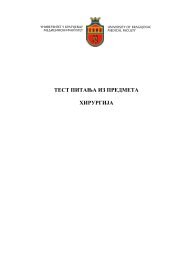neurotoxicity and mechanisms of induced hyperexcitability
neurotoxicity and mechanisms of induced hyperexcitability
neurotoxicity and mechanisms of induced hyperexcitability
You also want an ePaper? Increase the reach of your titles
YUMPU automatically turns print PDFs into web optimized ePapers that Google loves.
clidine (time) <strong>and</strong> the interactions between these factors.In this analysis, the time effect was a repeated-measuresfactor. The baseline <strong>and</strong> the drug-<strong>induced</strong> locomotor activitywere part <strong>of</strong> the data set analysed. In the prepulse inhibitionexperiments, the factors were group <strong>and</strong> habituation(four blocks <strong>of</strong> ten startle responses) or group <strong>and</strong> prepulse(five different prepulse intensities), where habituation <strong>and</strong>prepulse were repeated-measures factors. After calculatingANOVAs for all <strong>of</strong> the surgery groups, subsequent pairwiseANOVAs were performed where needed. A ‘p-value’<strong>of</strong> p



